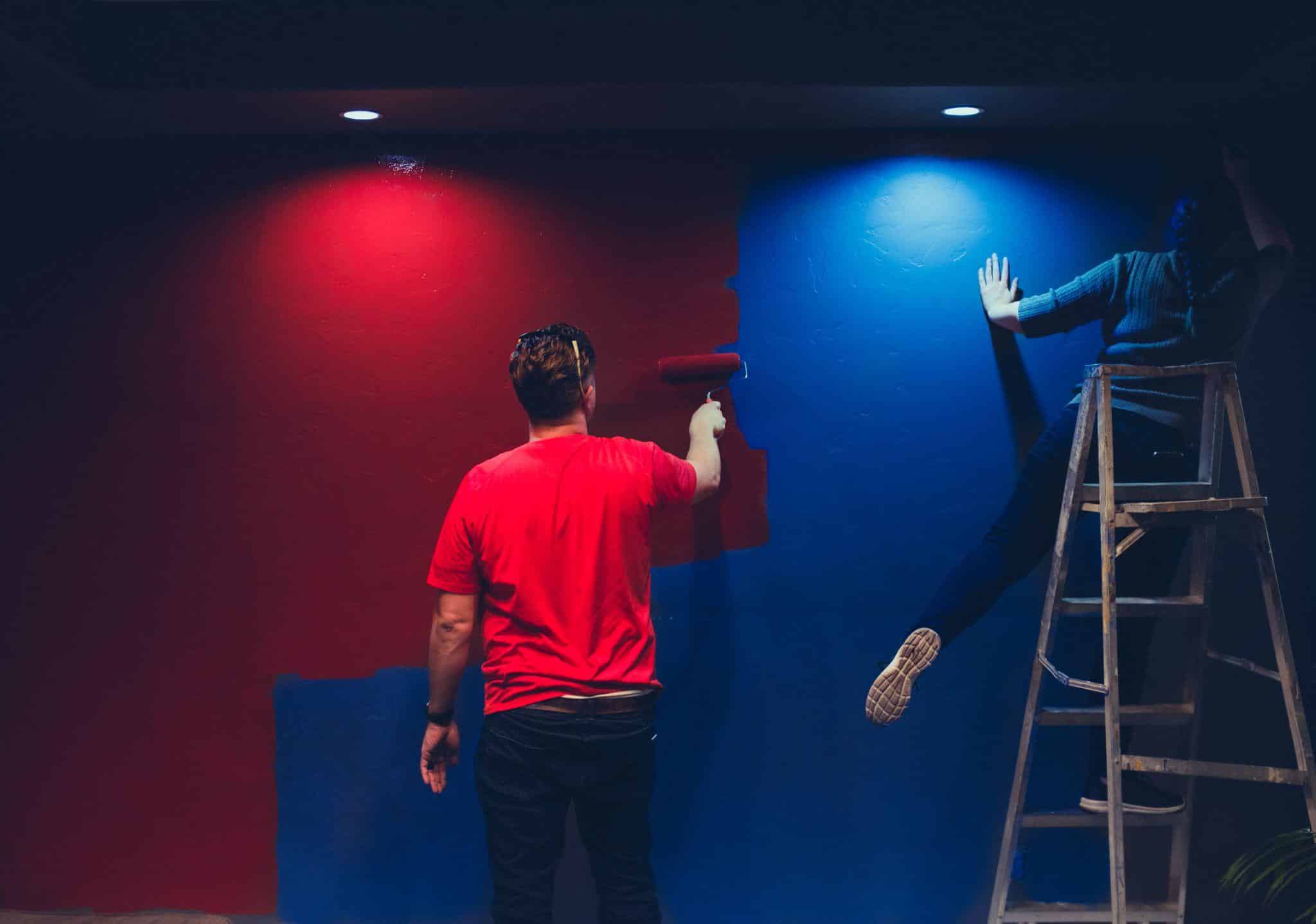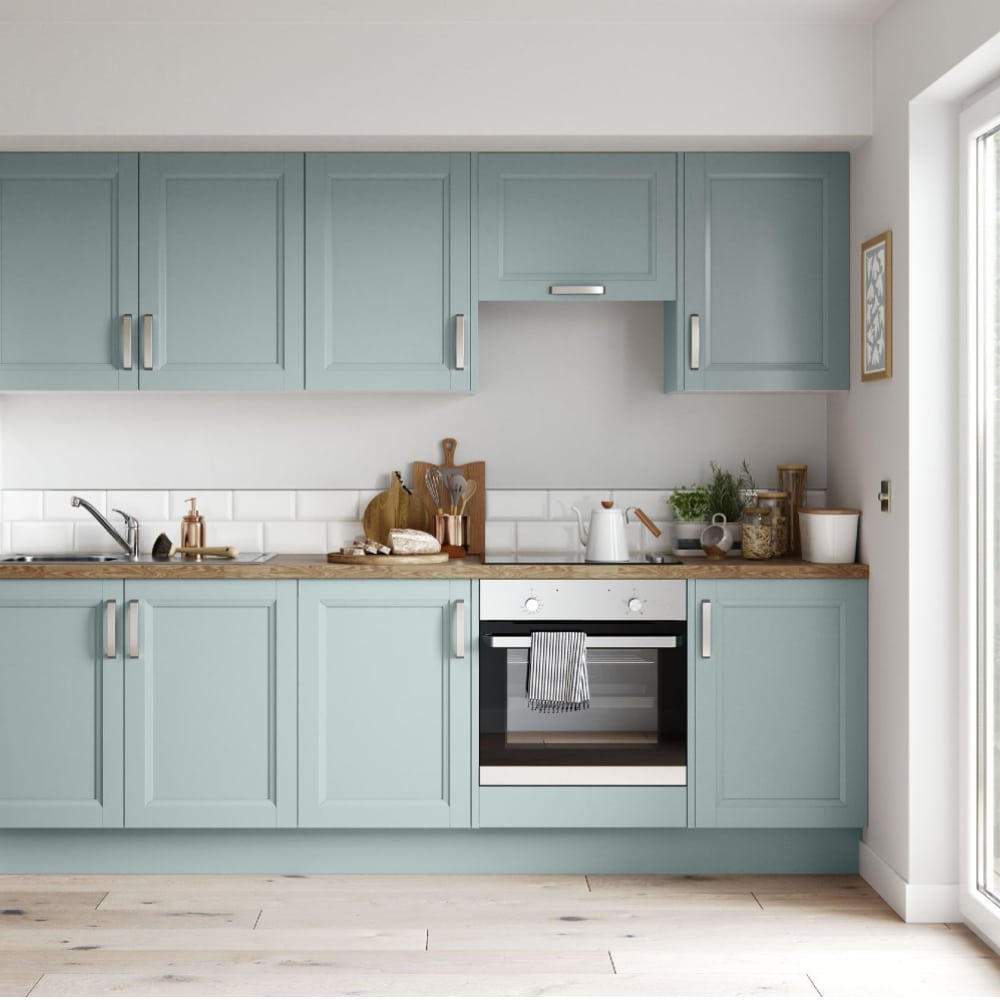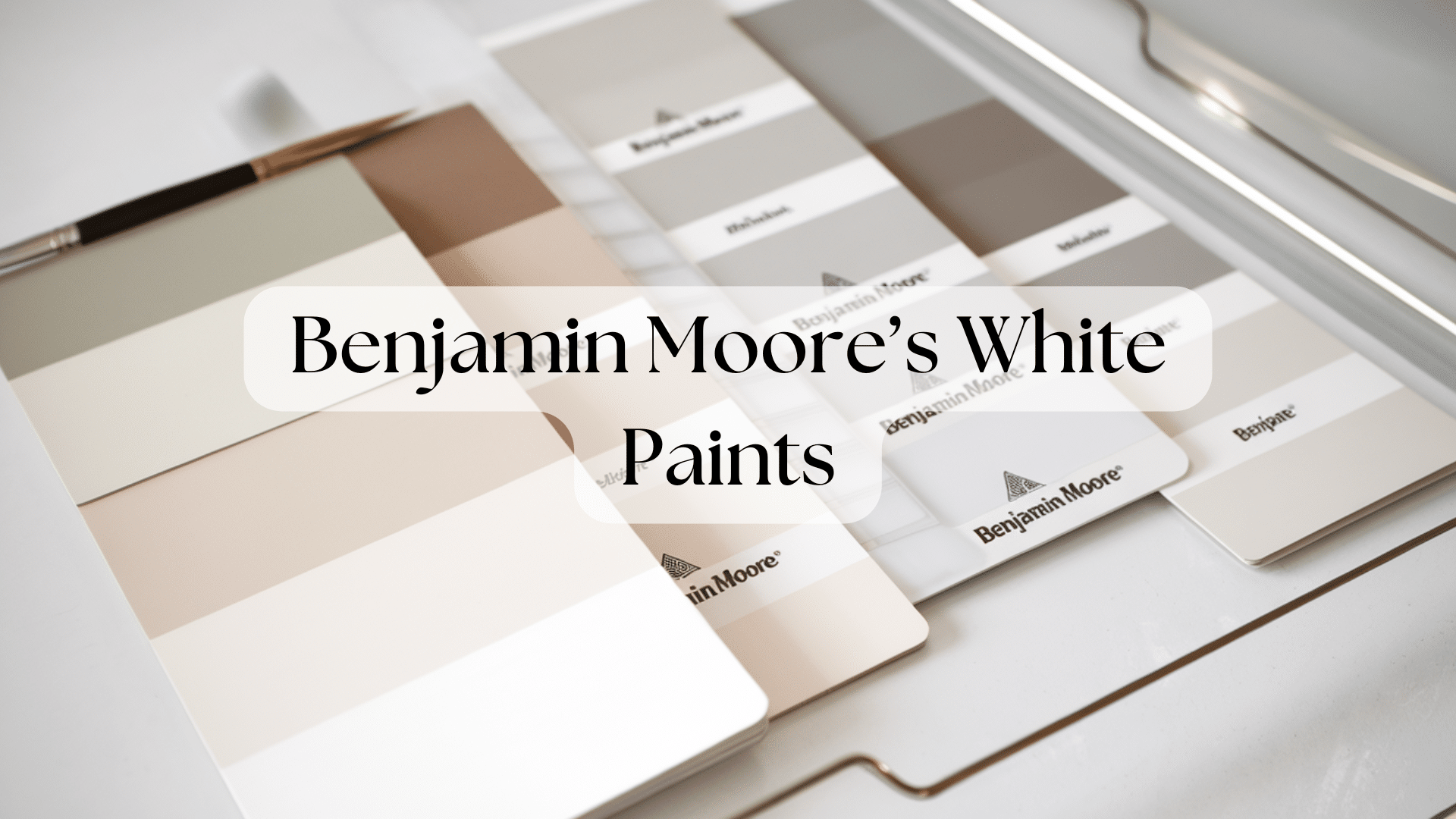The Ultimate Guide to Home Improvement: Painting Your Home with Style
Painting your home is a potent and transformative tool in the realm of home improvement. It is not just about the change of scenery, but also about expressing personality and shaping the overall ambiance of your living space.
A well-done paint job can significantly enhance the market value of a property, making it an essential skill for homeowners contemplating a sale.
A mastery of home painting requires an understanding of planning stages, color selection, correct application techniques, and maintenance protocols.
Understanding the Art of Home Painting
Painting your home can breathe new life into your living space, giving it a fresh and vibrant look.
Beyond the aesthetic appeal, a well-executed paint job can, among other things, enhance the value of your property, especially if you’re planning to sell your home. In that case, you doing a great job with the walls in your house is an investment, and the one you will be happy to undertake.
However, painting is more than just slapping some color on the walls. It’s a process that requires careful planning, color selection, and implementation.
The Planning Stage
Before you start painting, proper planning is crucial to ensure a smooth and successful project. Here’s how to approach this stage:
- Identify the Scope: Begin by deciding which areas of your home need painting. This could include the exterior, interior rooms, or specific features like doors or window frames.
- Schedule Your Project: Plan your painting project around favorable weather conditions, especially for exterior painting. Also, allocate enough time to prepare the area, paint, and allow for drying time.
- Gather Your Tools: Make a list of the necessary tools and materials, including paint, brushes, rollers, a ladder, and protective coverings for furniture and floors.
Choosing the Right Colors
The colors you choose for your home can influence its ambiance and perceived space. Therefore, it’s essential to pick the right colors:
- Test Samples: Paint small swatches on your wall to see how the color looks in different lighting conditions before committing to a large quantity.
- Consider the Mood: Different colors evoke different moods. For example, blues and greens are calming, while reds and oranges are energizing. Or just go with the white and neutrals.
- Coordinate Your Colors: Make sure your chosen colors complement each other and the overall aesthetic of your home.
Mastering the Art of Painting
The actual painting process is where your creativity truly comes alive. However, it is not only about the right stroke of the brush but also about meticulous preparation and understanding of various painting techniques.
Properly executed, these steps can transform your interior space, adding character and depth to your home. Whether you’re a novice just starting or a homeowner looking to refine your DIY skills, mastering the art of painting will empower you to give your living space a professional touch.
Preparing the Space
A stellar paint job starts with a well-prepared workspace. Investing time in preparing the room not only ensures a clean painting process but also contributes significantly to the quality of the final results. Here’s how you can best prepare your space for painting:
- Clean the Walls: Use a damp cloth or sponge along with mild detergent to get rid of dust and dirt that may have settled on your walls. Be sure to allow the walls ample time to dry before you begin painting to ensure optimal paint adhesion.
- Protect Your Furniture and Floor: Any painting project involves a certain degree of mess. Use drop cloths to cover your furniture and floors, effectively protecting them from unwanted paint splatters and spills.
- Tape Off Areas: Apply painter’s tape along baseboards, trim, windows, and outlets. This essential step ensures that these areas remain paint-free and neat, leading to a professional-looking paint job.
Painting Techniques for a Professional Finish
Equally as important as preparation is the technique employed in applying paint. A correct application technique contributes significantly to the smooth, even finish that characterizes professional paint jobs. Here are some crucial techniques to adopt:
- Use a Primer: Priming walls before applying paint promotes a smooth surface for your paint, masks stains and discolorations, and improves paint adhesion. A primed wall facilitates a more vibrant, uniform color.
- Paint in “W” Pattern: Begin the painting process by creating a “W” pattern on the wall, and then fill it in without lifting the roller off the wall. This technique aids in ensuring an even distribution of paint and helps to avoid patchiness.
- Keep a Wet Edge: As you paint, it’s important to maintain a “wet edge.” This means you should overlap the edges of your paint while they’re still wet to prevent visible lines or streaks in your finished wall. This technique results in a seamless, professional-looking finish.
Maintaining Your Painted Surfaces
After investing time and effort in painting your home, you’ll want to maintain its fresh and vibrant look for as long as possible.
Regular Cleaning
Regular cleaning can help maintain the look of your painted surfaces:
- Dust Regularly: Dust your walls with a soft cloth or duster to prevent buildup.
- Spot Clean: For small stains, spot clean with a damp cloth and mild detergent.
Touch-Ups
Over time, you may need to do some touch-ups to keep your paint looking fresh:
- Keep Extra Paint: Always keep a small amount of paint for touch-ups.
- Use the Same Tools: For the best match, use the same type of brush or roller used for the original job.
Endnote
Painting your home is a worthwhile project that not only improves the aesthetic appeal of your space but also increases your home’s value, especially if you’re planning to sell. With the right planning, color selection, painting techniques, and maintenance, you can transform your home and enjoy the fresh new look for many years to come.







